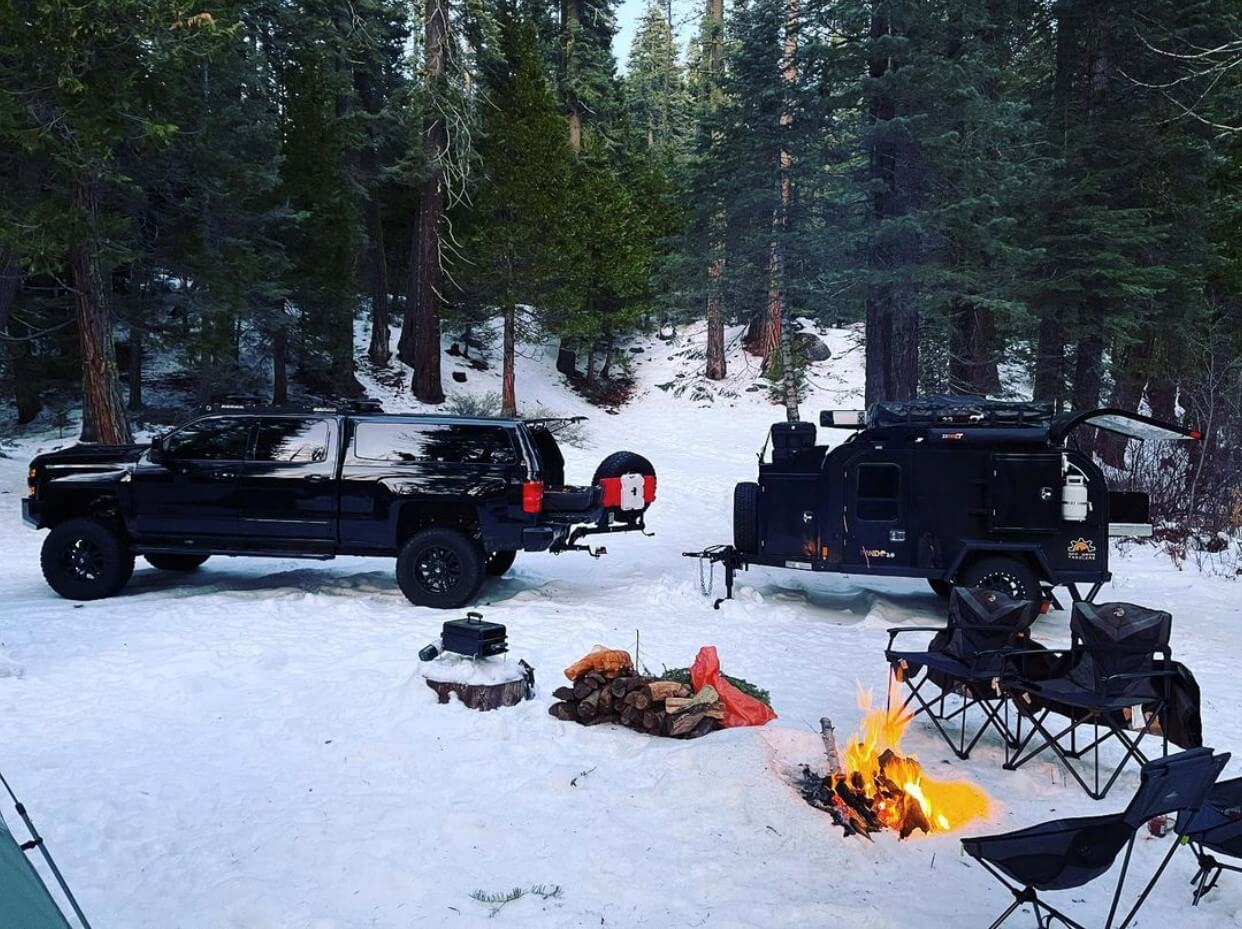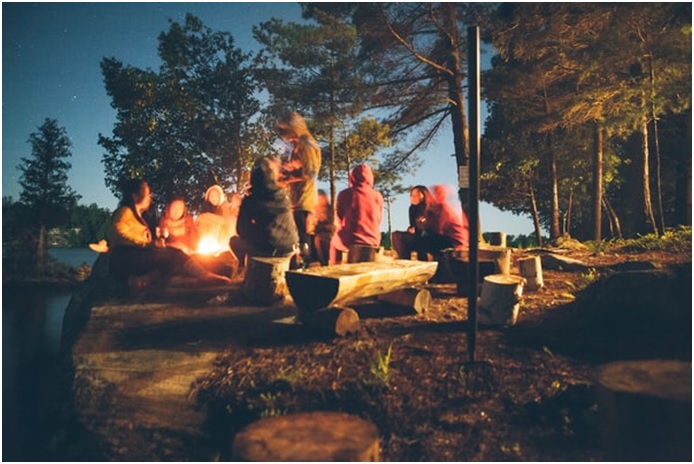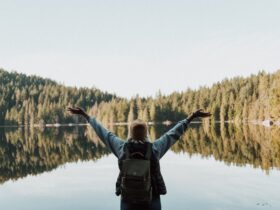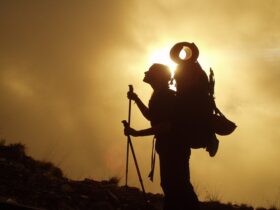The urge to go overlanding doesn’t stop just because it’s winter. In fact, wintertime adventures are awesome. There are no crowds and no bugs, plus the scenery and atmosphere are epic. But your gear and prep do need some tweaking to keep you safe and comfy in the snow and cold. Here are a few things to consider:
Vehicle – Driving
Priority number one: a vehicle with four-wheel drive or all-wheel drive. If you’re tackling icy, snowy roads, your ambition will exceed your ability without this capability. Another important wintertime overland vehicle modification includes snow tires. Your regular rock-climbing tires won’t do the trick; you’re going to need snow tires made with rubber compounds that are designed for high-performance cold temps.
You’re also going to want to keep a few extra items in your car, including the following:
- A power brick. Cold temperatures drain car batteries fast. A powerful power brick will jump-start your car’s battery if it’s been parked for long in the cold.
- A shovel. An avalanche shovel is a good choice since its blade is sharp enough to cut through rock-hard ice and snow.
- Traction boards. You’ll be glad you brought these along if you get stuck in a ditch. If you don’t have the room or the inclination to pack these boards, a bag of dirt or sand is a reasonable substitute.
- A good tow rope. Kinetic ropes made for towing a vehicle are easier on your car. They have a bit of built-in stretch which makes extractions smoother.
Vehicle – Camping
Hard-sided truck bed campers typically offer the best insulation, so they are a good choice for cold-weather camping. If you’re using a rooftop tent, you’ll probably need to add extra sources of heat, such as heating pads or additional insulation.
Plans
Cold temperatures and shorter days call for a different rhythm to your outdoor adventures. In the summer, it makes sense to start camping in the afternoon so you can enjoy long, lazy, summer evenings outside. But if you set up camp at 3 in the winter, that’s a long time to sit out in the cold and it’s a long time you need to heat your space. Consider timing the arrival at your site closer to bedtime instead.
In winter, your route will also need to change. Long overland routes are probably not available. You’ll need to set up a base camp closer in and go on your adventures from there.
Warmth
You can find a number of portable heaters on the market that are built specifically with winter camping in mind. They provide heat and ventilation so you can be warm and safe. You’ll need to forego the convenience of your camper’s indoor plumbing as sub-zero temps will freeze and break those pipes faster than you can say, “where’s the outhouse?” And winter bedding needs to be the best you can afford.
Get Outside
Sure, it’s cold out there, but that’s no reason to stay indoors. Get out there!











